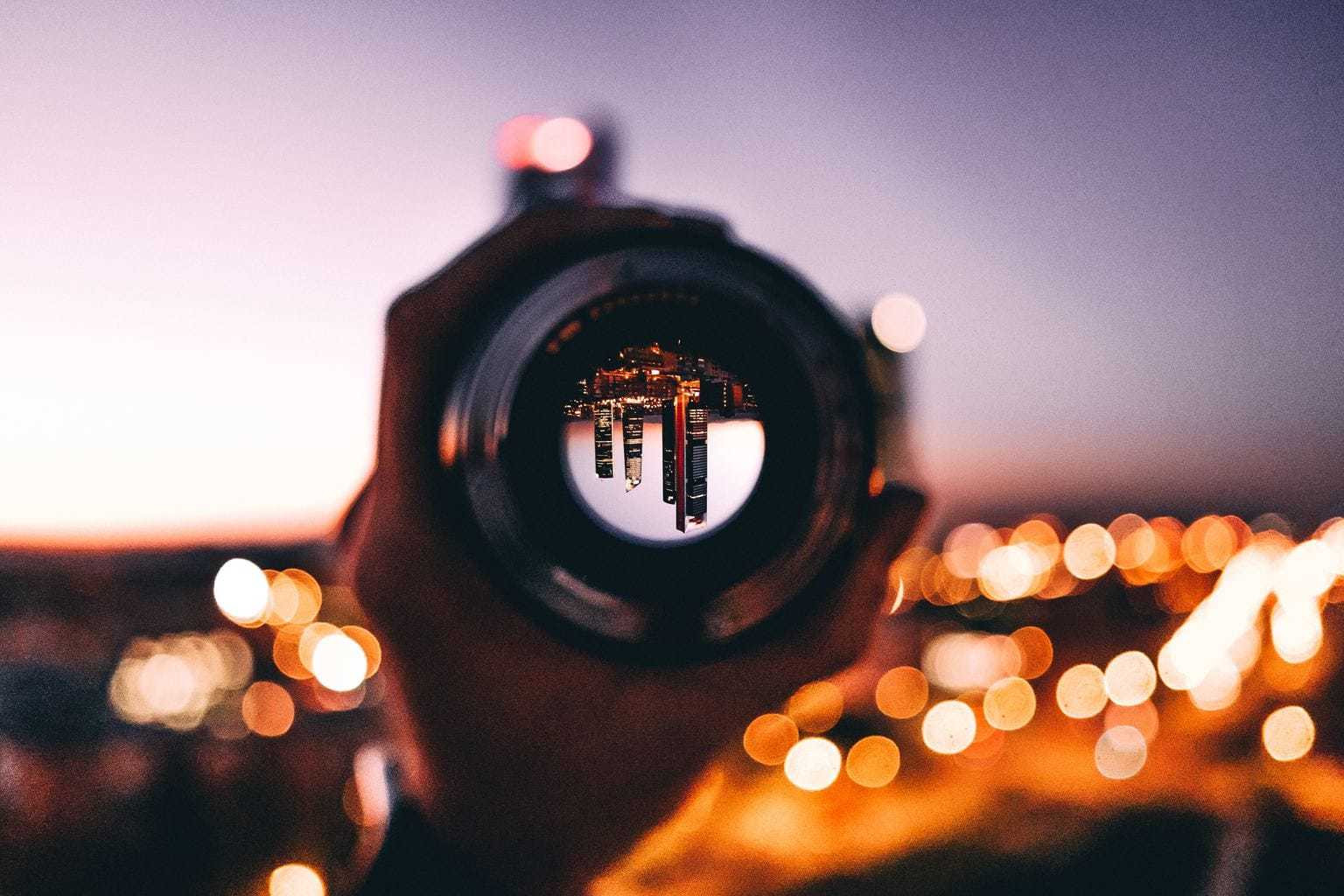There are many people who mistakenly believe that what really makes the difference in a photograph is the camera. And they are wrong for several reasons that I am going to tell you about.
The first thing is that the difference is made by the photographer and that is something indisputable. Give a good photographer an ordinary camera and he will take infinitely better photos than someone who knows little or nothing with a first class camera. If you don't believe me, imagine Fernando Alonso driving my Punto and me driving his racing car. Who will win? I am a good driver but there is no doubt that his car will dominate me and not the other way around.
The second reason why they are wrong is because the difference is made by a lens rather than a camera. Within certain limits (obviously you cannot compare a normal compact with an SLR), what is really important is the lens and not the body. I explain. If you put a normal lens on a camera cucumber, however professional it may be, photography will be limited by the capabilities of this lens. You will probably, if not say for sure, get better results with a beginner's SLR and a good bright lens.
A few weeks ago we published the article 5 Very Bright Fixed Focal Lenses (You Should At Least Have One) . In it I summarized, very briefly, the reasons for acquiring one of these objectives. Today I will delve into them so that you are clear about what an objective of this type can bring you.
WHAT IS A VERY BRIGHT LENS?
A lens is said to be very bright when it has a aperture of at least f/1.8. This is if it is a fixed focal lens. On the other hand, if it is a telephoto lens or one with a variable focal length , if it has openings starting at f/2.8. Maybe you are wondering what the opening is and what it has to do with it… Well, let's see it. (If you know, you can skip this section ? ).
OPENING
In case you don't know what a diaphragm aperture is or you don't feel like reading this article that clarifies it perfectly, I'll start by explaining it. Because if not… difficult. Also, if you don't know what it's about, you should, as it's one of the first lessons you should learn in photography. The time has come ?
I will try to explain it in a very simple way. So that you understand it, even if you're like me, that these things are either very, very chewed up or it costs me a world... Even if it's not a technical explanation and someone throws their hands up (I accept taking the risk ? ).
First I will tell you that in every objective there is an element called diaphragm . This closes when the shutter button is pressed and is what determines the amount of light that enters the sensor. Because for photography to exist you need light, you know that, right?
Easier, imagine a window with a blind. The more you open the blind, the more light will enter the room. You can regulate the amount of light you want in a room by raising or lowering the blind. The same goes for your camera. You can decide (when you shoot manually, the camera decides automatically) how much light you want to enter. That is called an opening .
WHAT ARE THE STEPS?
The aperture, just as the distance is measured in meters (or miles… ), is measured in steps and is named with f/ . If you look at the following drawing you will see diagrams of different diaphragms. Between one diaphragm and another there is a step, for example, between f/2 and f/2.8 there is a step.
It is normal to find a scale like this: f/1.0, f/1.4, f/2, f/2.8, f/4, f/5.6, f/8, f/11, f/16, f/22 , f/32... Although there are also half-step ones, but it is irrelevant and it is not a plan to mess the matter up. Smaller f-number means larger aperture and larger f-number less. Let's say that it goes the other way around, the larger the f number, the smaller the aperture and vice versa.
Between one stop and another the difference is double the amount of light (or half, depending on whether you open or close the diaphragm). So if you have it set to f/4 and you go down one step to f/2.8, you'll get twice as much light. (Hence the difference in price between the king of objectives and the prince of objectives ? ).
Now back to the beginning, a lens is very bright when its maximum aperture, or its smallest f-number is at least f/1.8 (fixed focal) or f/2.8 (variable focal). That is why the objective that usually comes with the camera (18-55 mm) is considered bad, and it is not that it is bad, it is that it is very dim, since its maximum aperture is only f/5.6. Very little, right?
And here is a photo of a diaphragm so you can see what your target's guts are like ?
WHY A BRIGHT TARGET?
Now that you have understood what an aperture is and what a very bright lens is (or I hope so, if not, be sure to ask in the comments), I will tell you the reasons to have one.


